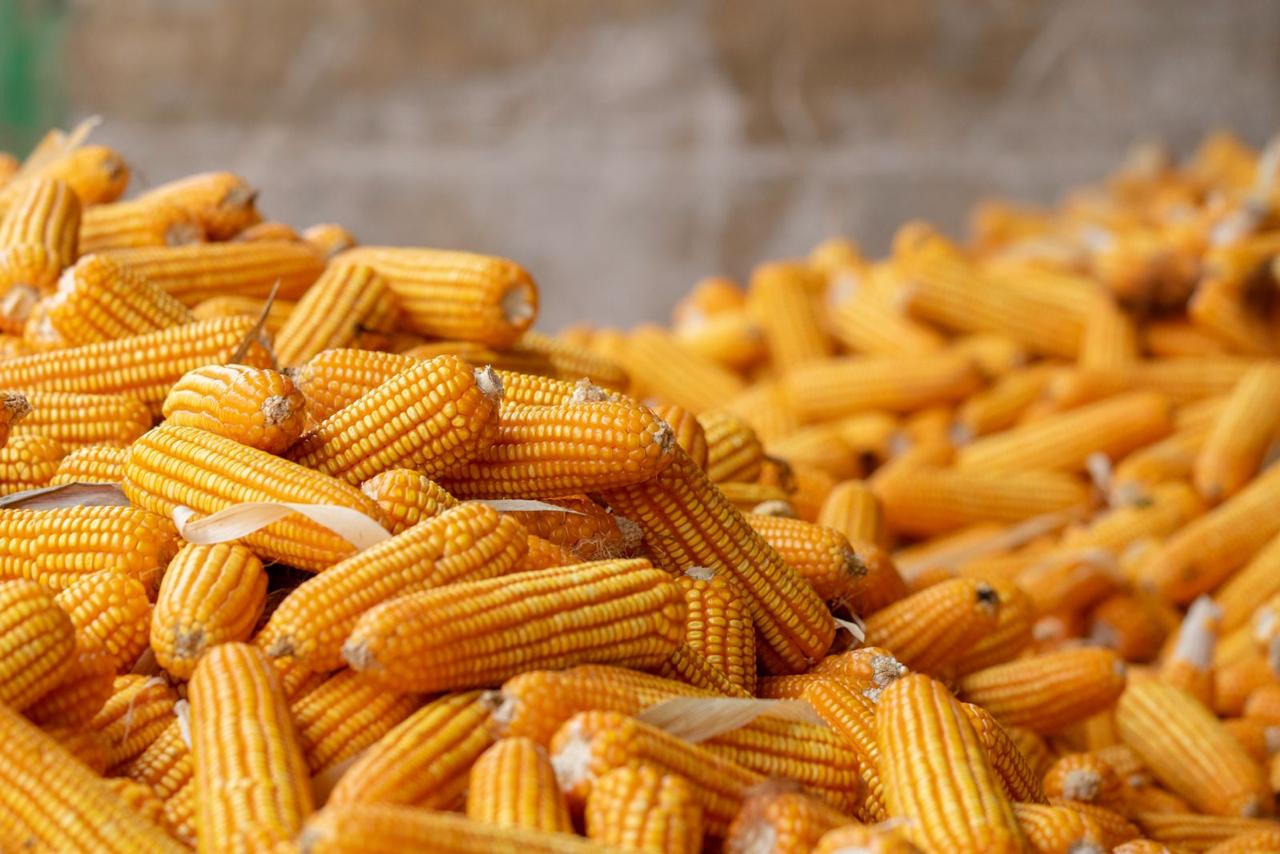13 June 2025, US: The U.S. Environmental Protection Agency (EPA) has announced its proposed registration decision for diflufenican, a new broad-spectrum herbicide aimed at helping American farmers combat persistent broadleaf weeds such as waterhemp, Palmer amaranth, and pigweed species in corn and soybean fields. The proposal has now been released for public comment, with the comment period scheduled to close on July 7, 2025.
A New Option for Weed Control in U.S. Agriculture
Diflufenican is being introduced as a preplant and preemergence weed control solution, which can provide farmers with an additional tool to protect yields and ensure more stable crop production. Its inclusion in the current set of herbicides is expected to support Integrated Pest Management (IPM) and Resistance Management (RM) programs. By offering an alternative mode of action, diflufenican can be rotated with other herbicides, reducing the risk of weeds developing resistance and extending the effectiveness of existing weed management strategies.
EPA’s Findings from Risk Assessments
In conjunction with its proposed registration, the EPA has also published its human health risk assessment, ecological risk assessment, and draft biological evaluation as part of its regulatory process under the Endangered Species Act (ESA). The agency concluded that there are no human health risks of concern when diflufenican is used in accordance with the proposed label instructions. However, the EPA’s biological evaluation determined that the herbicide is “Likely to Adversely Affect” at least one listed plant or animal species, which means that some species may be exposed to levels that could cause harm.
Despite this finding, the EPA noted that diflufenican does not present significant risks to non-listed birds, reptiles, terrestrial amphibians, bees, aquatic invertebrates, or fish, whether under acute or chronic exposure. While its herbicidal nature may pose some risks to terrestrial plants, population-level impacts are not expected to extend beyond treated agricultural fields, particularly when considering the mitigation measures included in the draft label.
Mitigation Measures to Address Environmental Concerns
To address potential environmental effects, including those on endangered species, the EPA is proposing several mitigation measures. These measures require users to consult and comply with endangered species bulletins through the EPA’s web-based “Bulletins Live Two” system, which provides specific directions and restrictions for pesticide use in sensitive areas. Farmers would also be required to follow runoff and erosion mitigation practices as outlined in EPA’s Mitigation Menu website, selecting appropriate measures to meet or exceed the required runoff reduction standards before applying diflufenican to corn and soybean fields.
In addition to these measures, the product label includes voluntary geographical restrictions proposed by the registrant. These restrictions prohibit the use of diflufenican in the states of California, Alaska, Hawaii, and most parts of Florida. The EPA believes that these mitigation measures will significantly reduce the likelihood of negative impacts on endangered species and critical habitats.
The Path Forward in the Registration Process
After reviewing public comments on the proposed registration decision and the supporting scientific assessments, the EPA will determine whether diflufenican meets the regulatory standards for registration under the Federal Insecticide, Fungicide, and Rodenticide Act (FIFRA). If the registration is approved, the EPA will finalize its biological evaluation. Should this final evaluation indicate that any listed species or habitats may still be affected, the agency will initiate formal consultation with the U.S. Fish and Wildlife Service and the National Marine Fisheries Service.
During this formal consultation, these agencies will review the EPA’s findings and make the final determinations regarding potential jeopardy to listed species or adverse modification to their habitats. If either agency identifies the need for additional mitigation to address these concerns or any incidental take, the EPA will work closely with the product registrant to implement any necessary changes to the registration or labeling.















